
In our daily use of computers, we may sometimes encounter network latency issues. This article provides effective solutions to help you quickly resolve the problem and enhance your network experience.
1. Check the Network Connection
Unplug the power, wait 30 seconds, then plug it back in and wait for the device to start up completely.
If using a wireless connection, connect your computer directly to the router with an Ethernet cable to reduce wireless interference.
Use a network speed test tool to check if your download and upload speeds meet your internet plan standards.
2. Update Network Drivers
Outdated or corrupted network drivers may cause latency issues. Updating drivers can effectively improve network performance. We recommend using Driver Sentry to automatically detect and update drivers, saving time and avoiding the risk of downloading or installing incorrect drivers.
Click the download button to get the latest version of Driver Sentry, then open the software after installation and click "Scan".
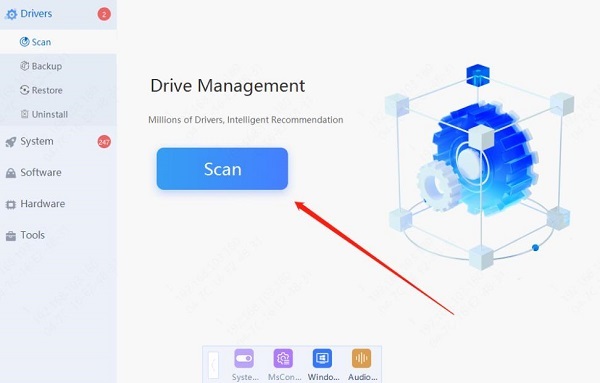
After scanning, it will show which drivers are not installed or need updating. Find the network driver in the results list and click the "Update" button.
After the update is complete, it is recommended to restart your computer to ensure the updated drivers take effect.
3. Manage Concurrent Programs
Press Ctrl + Shift + Esc to open Task Manager.
Click on the "Performance" or "Network" tab to see which programs are using a lot of network resources.
Go to the "Processes" tab, right-click the corresponding program, and select "End Task" to close it and free up bandwidth.
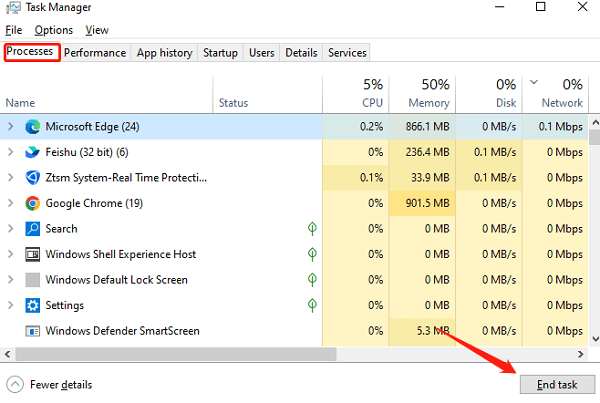
In Task Manager, switch to the "Startup" tab to disable unnecessary programs from starting up, reducing the number of background programs using network resources.
4. Change DNS Server
Press Windows + R, type "ncpa.cpl", and press Enter to open the Network Connections window.
Right-click on the current network connection (e.g., "Ethernet" or "Wi-Fi") and select "Properties".
In the network properties window, select "Internet Protocol Version 4 (TCP/IPv4)" and click "Properties".
Select "Use the following DNS server addresses" and enter preferred and alternate DNS servers. Common public DNS servers include:
Google DNS: 8.8.8.8 and 8.8.4.4
Cloudflare DNS: 1.1.1.1 and 1.0.0.1
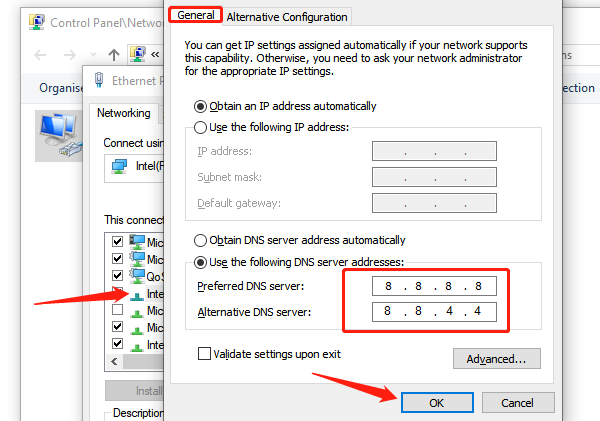
Click "OK" to save the settings, then restart the network connection to apply.
5. Scan for Viruses
Open Windows Defender, select "Virus & threat protection", and click "Quick scan" or "Full scan".
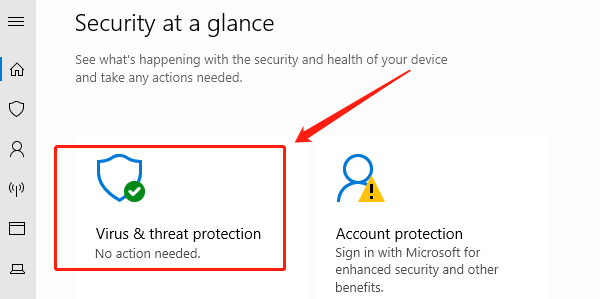
If you have other antivirus software, you can use it to perform a deep scan to ensure your system is free of malware.
After the scan, follow the prompts to remove any detected viruses or potential threats, restart your computer, and check if network latency improves.
6. Run Network Troubleshooter
Press Windows + I to enter "Settings", then select "Update & Security" > "Troubleshoot" > "Additional troubleshooters".
In the troubleshooter list, find "Network Adapter" and click "Run the troubleshooter".

The system will automatically detect issues and provide repair suggestions. Follow the prompts to complete the repair steps.
After troubleshooting is complete, restart your computer or router to see if the issue is resolved.
7. Reduce Network Interference
Place the router in a central and open location to avoid interference from walls, metal objects, or other electronic devices.
If your router supports dual-band (2.4GHz and 5GHz), try switching to the 5GHz band, as it typically experiences less interference and offers faster speeds.
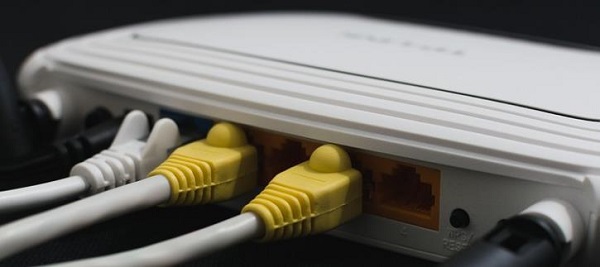
Reduce the number of devices connected to the network, especially unnecessary smart devices, to free up bandwidth.
If possible, use an Ethernet cable to connect your computer or other critical devices directly to the router to avoid wireless network interference.
8. Contact Your Internet Service Provider (ISP)
Check if other devices are also experiencing latency issues to rule out device or home network problems.
Log in to your ISP's official website to see if there are service outages or maintenance announcements.
Contact your ISP's customer service, describe the issue in detail, and inform them of the troubleshooting steps you have already taken so they can help you more quickly.
If needed, you can request a technician to check the lines or equipment on-site to ensure the issue is not with the external network or hardware.
By following these steps, you can effectively diagnose and fix network latency issues. If the problem continues, consider contacting technical support or switching your internet service provider. We hope this article helps you enjoy a smoother online experience!
See also:
What to Do If You Install the Wrong Graphics Driver
8 Effective Solutions for Laptop Not Turning On